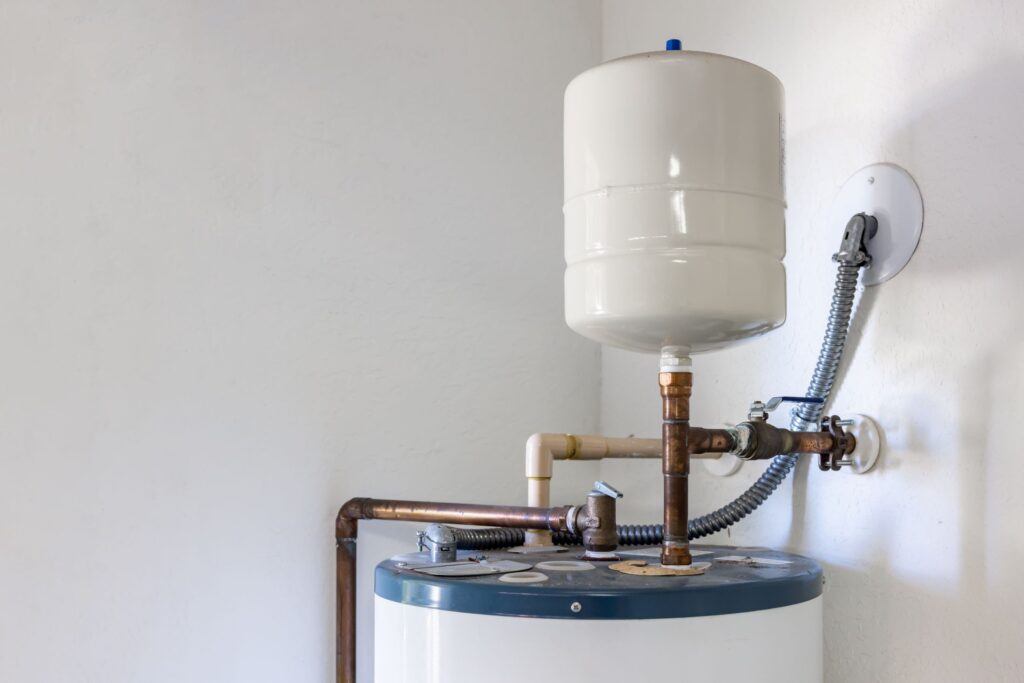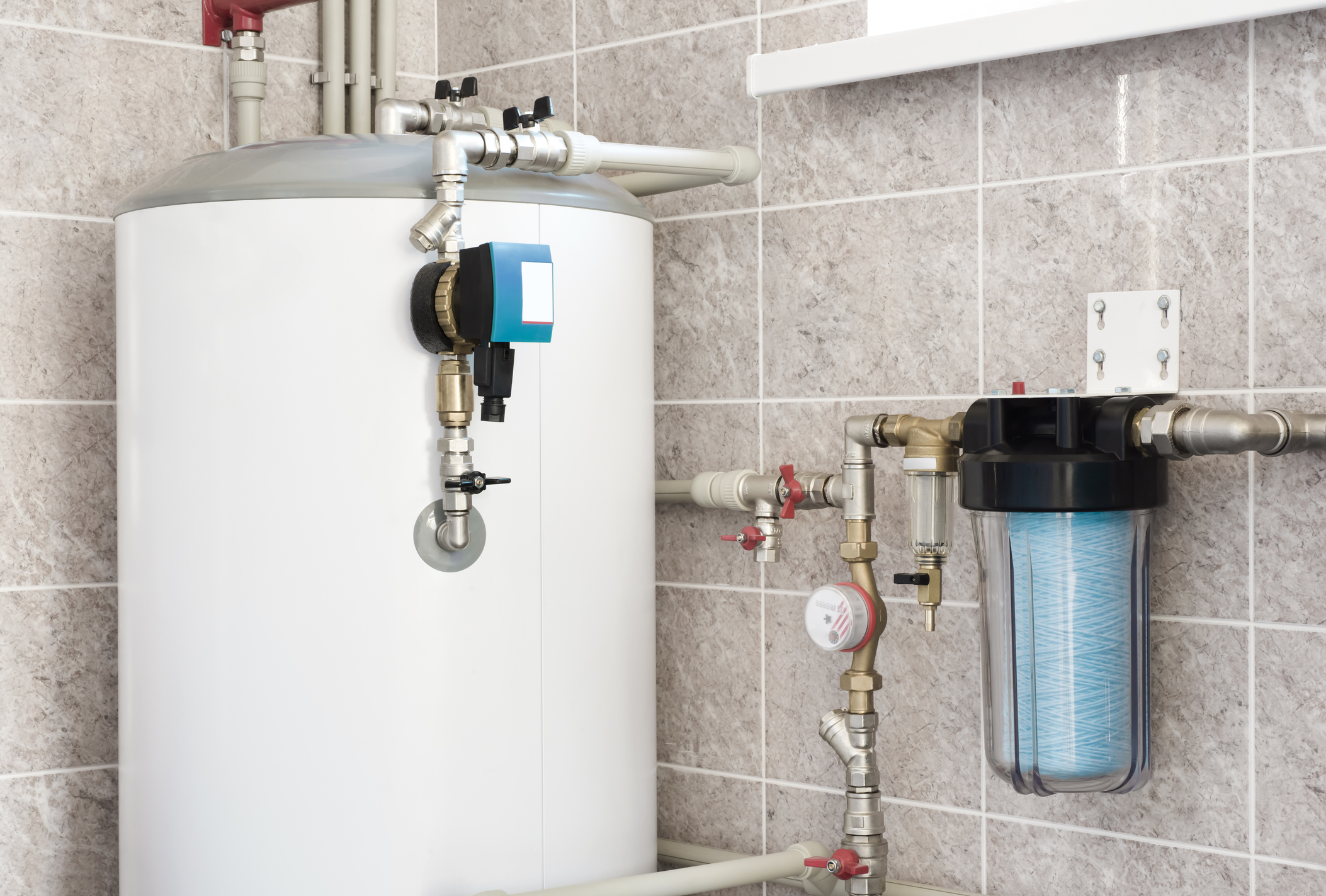What are your thoughts concerning What Kind of Maintenance Do Water Heaters Need??

Warm water is vital for daily convenience, whether it's for a refreshing shower or washing recipes. To ensure your hot water system runs successfully and lasts longer, routine upkeep is key. This post provides useful pointers and insights on just how to keep your home's warm water system to avoid interruptions and pricey repair work.
Intro
Preserving your home's warm water system could seem complicated, but with a couple of basic steps, you can ensure it runs efficiently for years to find. This overview covers whatever from recognizing your hot water system to DIY upkeep suggestions and recognizing when to call in professional assistance.
Relevance of Maintaining Your Warm Water System
Normal maintenance not just prolongs the life-span of your warm water system but also guarantees it runs successfully. Neglecting maintenance can cause lowered efficiency, higher power costs, and also premature failure of the system.
Indications Your Warm Water System Requirements Upkeep
Recognizing when your warm water system requires focus can prevent major problems. Watch out for indicators such as irregular water temperature level, weird sounds from the heater, or rusty water.
Understanding Your Hot Water System
Before diving into maintenance tasks, it's useful to understand the basic components of your hot water system. Usually, this consists of the hot water heater itself, pipes, anode rods, and temperature controls.
Regular Monthly Maintenance Tasks
Routine regular monthly checks can assist catch minor concerns prior to they escalate.
Purging the Hot Water Heater
Flushing your water heater removes sediment buildup, improving performance and prolonging its life.
Checking and Replacing Anode Rods
Anode rods prevent corrosion inside the container. Checking and changing them when worn is important.
Examining and Readjusting Temperature Level Setups
Changing the temperature settings makes certain ideal performance and safety.
DIY Tips for Upkeep
You can do a number of maintenance jobs on your own to keep your warm water system in leading problem.
Checking for Leaks
Consistently evaluate pipelines and connections for leaks, as these can bring about water damages and higher bills.
Examining Pressure Alleviation Valves
Examining the stress relief valve guarantees it operates properly and avoids too much stress build-up.
Shielding Pipes
Shielding warm water pipes reduces warm loss and can save power.
When to Call a Professional
While do it yourself upkeep is advantageous, some concerns require specialist proficiency.
Facility Problems Calling For Expert Help
Instances include major leakages, electrical issues, or if your water heater is continually underperforming.
Routine Specialist Upkeep Advantages
Specialist maintenance can include complete inspections, tune-ups, and guaranteeing conformity with security standards.
Final thought
Normal maintenance of your home's warm water system is crucial for effectiveness, long life, and expense financial savings. By complying with these pointers and knowing when to look for professional assistance, you can make certain a reputable supply of warm water without unexpected disturbances.
How to Maintain an Instant Hot Water Heater
Before tinkering with your hot water heater, make sure that it’s not powered on. You also have to turn off the main circuit breaker and shut off the main gas line to prevent accidents. Also turn off the water valves connected to your unit to prevent water from flowing into and out of the appliance. 2. When you’re done, you have to detach the purge valves’ caps. These look like the letter “T†and are situated on either side of the water valves. Doing so will release any pressure that has accumulated inside the valves while at the same time avoid hot water from shooting out and burning your skin. 3. When the purge valves’ caps are removed, you have to connect your hosing lines to the valves. Your unit should have come with three hoses but if it didn’t, you can purchase these things from any hardware or home repair shops. You can also get them from retail stores that sell water heating systems. Read the user’s manual and follow it to complete this task properly. When the hosing lines are connected, open the purge port’s valves. 4. You should never use harsh chemical cleaners or solutions when cleaning your unit. Make use of white vinegar instead. It should be undiluted and you’ll probably use about 2 gallons. 5. Now flush your water heater. This task should probably take about 40 minutes. We can’t give you specific directions for this because the procedure is carried out depending on the type, model and brand of your heater. With that being said, refer to the user’s manual. 6. When you’re done draining the unit, you have to turn off the purge port valves again. Remove the hosing lines that you earlier installed on each of the water valves. Put the valve caps (purge port) back in their respective places and be very careful so as not to damage the rubber discs that are found inside these caps. 7. Now that everything’s back in place, check your user’s manual again to find out how to reactivate your water heating system. 8. Once it is working, turn one of your hot water faucets on just to let air pass through the heater’s water supply pipes. Leave the tap on until water flows smoothly out of it. https://www.orrplumbing.com/blog/2014/september/how-to-maintain-an-instant-hot-water-heater/

I hope you enjoyed reading our post about Tips on Maintaining a Water Heater. Thank you so much for taking time to read through our post. I beg you set aside a second to promote this blog entry if you appreciated it. Thanks so much for your time invested reading it.
Book Appointment